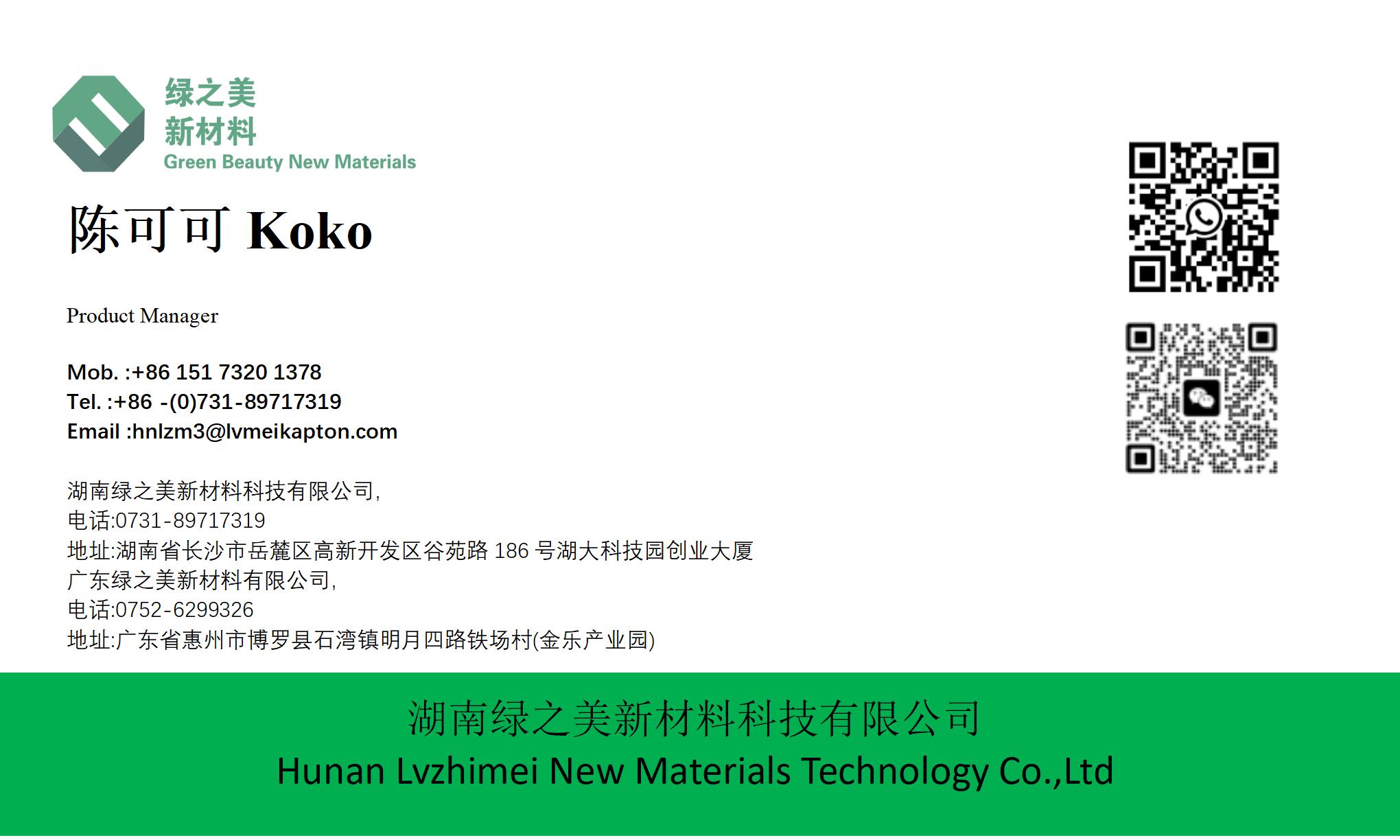



What Are the Different Heat Resistance Grades of PI Tape for Gold Finger Electronics|https://www.lvmeikapton.com/
What Are the Different Heat Resistance Grades of PI Tape for Gold Finger Electronics|https://www.lvmeikapton.com/
PI tape, known for its excellent properties, comes in various heat resistance grades when it comes to applications in gold finger electronics. These different grades play a crucial role in ensuring the reliability and performance of electronic devices under different operating conditions. In this article, we will explore the various heat resistance grades of PI tape used in gold finger electronics.
I. Introduction
Gold finger electronics are widely used in various electronic devices, such as computer motherboards, memory cards, and connectors. These components require reliable protection to ensure their proper functioning and longevity. PI tape, with its unique properties, is an ideal choice for protecting gold finger areas. One of the key characteristics of PI tape is its heat resistance, which varies depending on the specific grade.
II. Low-Temperature Resistance Grade
One of the common heat resistance grades of PI tape is the low-temperature resistance type. These PI tapes can typically withstand temperatures ranging from room temperature to around 200°C. They are suitable for electronic devices with relatively lower operating temperatures. For instance, in some consumer electronics where the heat generated is not very high, this grade of PI tape can provide adequate protection for the gold finger areas.
●
Properties
○
Good insulation properties to prevent electrical short circuits.
○
Provides some mechanical protection against physical damage.
○
Easy to apply and remove during manufacturing and maintenance processes.
●
Applications
○
Consumer electronics such as smartphones, tablets, and laptops.
○
Low-power electronic devices and circuits.
III. Medium Heat Resistance Grade
Moving up to the medium heat resistance grade, PI tapes in this category can handle temperatures up to around 300°C. This makes them suitable for applications in electronic devices that generate moderate amounts of heat.
●
Properties
○
Higher thermal stability compared to the low-temperature resistance grade.
○
Maintains its mechanical properties and integrity at elevated temperatures.
○
Good chemical resistance, making it suitable for use in harsh environments.
●
Applications
○
Power electronics and modules.
○
Automotive electronics where higher temperatures may be encountered.
○
Industrial control systems.
IV. High Heat Resistance Grade
The high heat resistance grade of PI tape is designed to withstand extremely high temperatures, typically up to 400°C or more. These tapes are essential for protecting gold finger electronics in demanding applications where high temperatures are a common occurrence.
●
Properties
○
Outstanding thermal stability and resistance to degradation at high temperatures.
○
Excellent electrical insulation properties even at elevated temperatures.
○
High mechanical strength and durability.
●
Applications
○
Aerospace and defense electronics.
○
High-performance computing systems.
○
Semiconductor manufacturing equipment.
V. Comparison of Different Heat Resistance Grades
To better understand the differences between the various heat resistance grades of PI tape, the following table provides a comparison:
Heat Resistance Grade | Temperature Range | Key Properties | Typical Applications |
Low | Room temperature - 200°C | Good insulation, mechanical protection | Consumer electronics, low-power devices |
Medium | Up to 300°C | Higher thermal stability, chemical resistance | Power electronics, automotive electronics, industrial control systems |
High | Up to 400°C or more | Outstanding thermal stability, electrical insulation, mechanical strength | Aerospace and defense electronics, high-performance computing, semiconductor manufacturing |
VI. Factors Affecting Heat Resistance of PI Tape
The heat resistance of PI tape is influenced by several factors, including:
●
Material composition: The specific formulation of the polyimide material used in the tape affects its heat resistance properties.
●
Manufacturing process: The way the tape is manufactured, including the curing process and thickness control, can impact its heat resistance.
●
Environmental conditions: Exposure to humidity, chemicals, and other environmental factors can affect the performance and heat resistance of PI tape over time.
VII. Selection of the Appropriate Heat Resistance Grade
When choosing the appropriate heat resistance grade of PI tape for gold finger electronics, several factors need to be considered:
●
Operating temperature of the electronic device: The tape should be able to withstand the maximum operating temperature of the device without degradation.
●
Environmental conditions: Consider the presence of humidity, chemicals, and other environmental factors that may affect the tape's performance.
●
Application requirements: The specific requirements of the application, such as electrical insulation, mechanical protection, and ease of application, should be taken into account.
VIII. Conclusion
PI tape with its different heat resistance grades is an essential material for protecting gold finger electronics. By understanding the properties and applications of each grade, manufacturers and engineers can select the appropriate tape to ensure the reliability and performance of electronic devices under various operating conditions. Whether it is the low-temperature resistance grade for consumer electronics or the high heat resistance grade for aerospace and defense applications, PI tape provides a versatile solution for protecting gold finger areas.
IX. References
●
https://www.lvmeikapton.com/
●
Technical data sheets and literature from various PI tape suppliers.
●
Industry standards and guidelines for electronic component protection.
X. Appendix
●
Glossary of Terms
○
PI tape: Polyimide tape, a high-performance film made from polyimide resin.
○
Gold finger: A portion of a printed circuit board that is plated with gold and used for connecting to other electronic components.
○
Heat resistance: The ability of a material to withstand exposure to high temperatures without degradation of its properties.
●
Additional Resources
○
Online forums and discussion groups related to electronic component protection.
○
Technical articles and white papers on PI tape applications.





